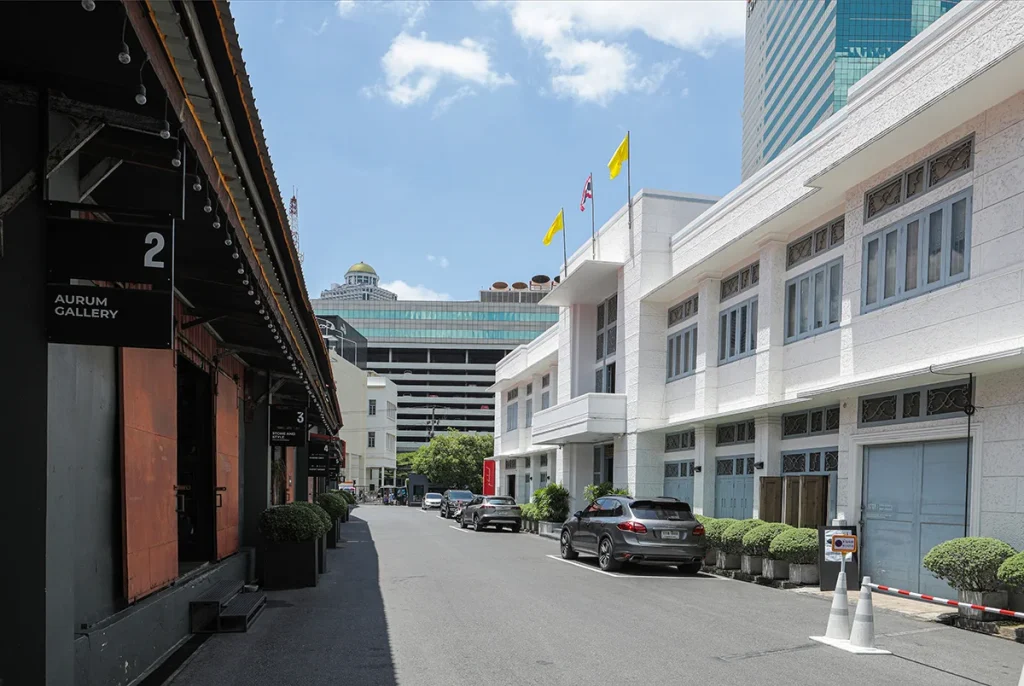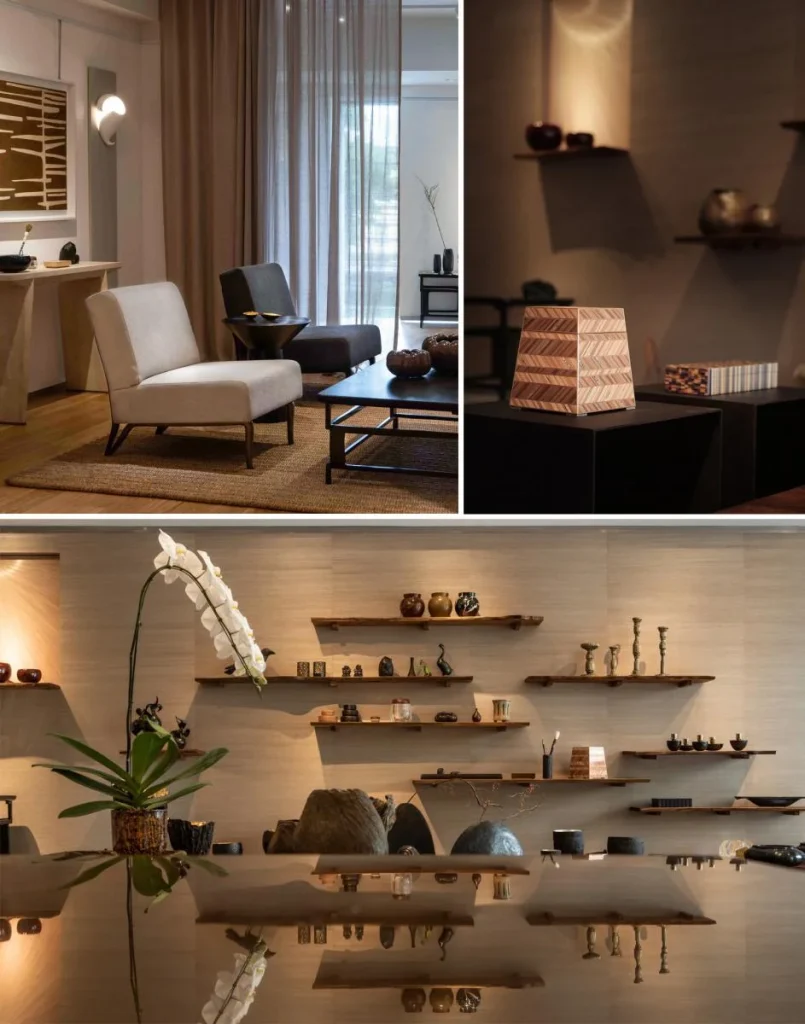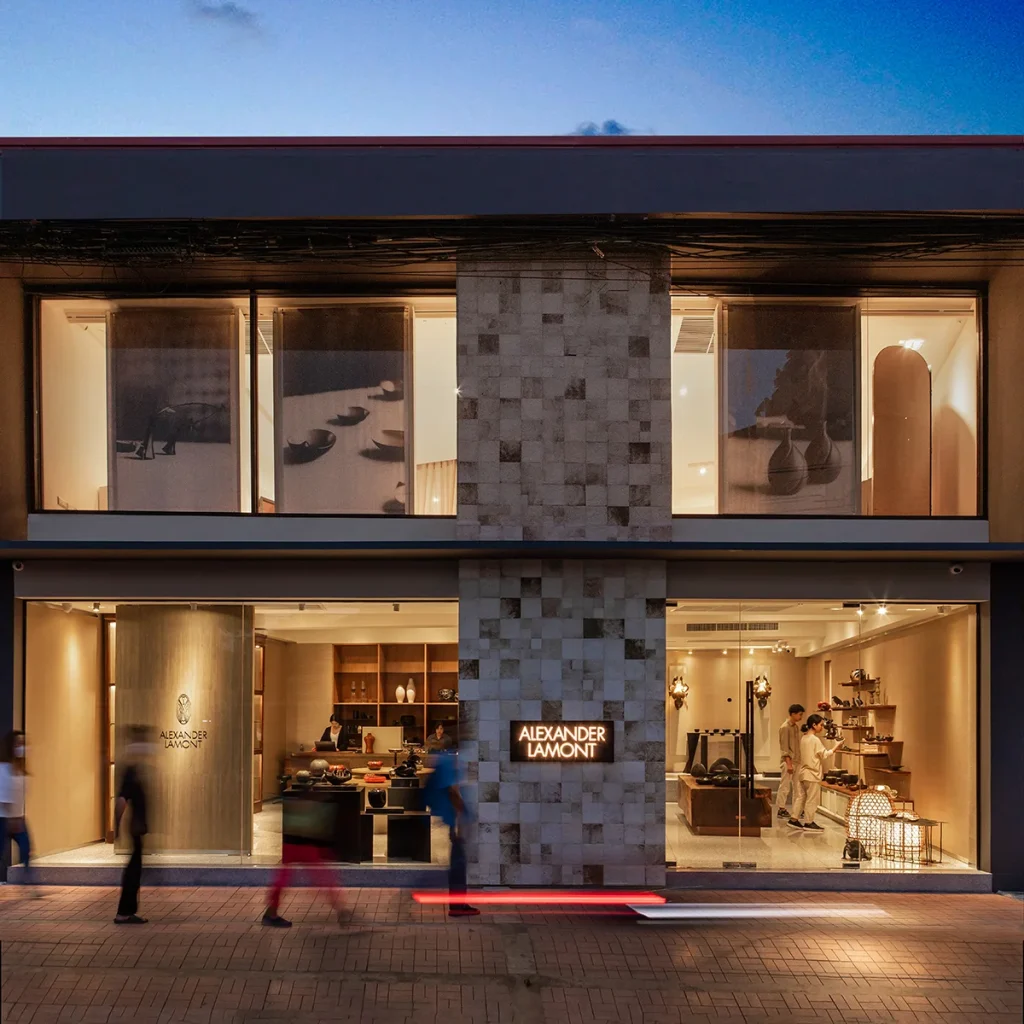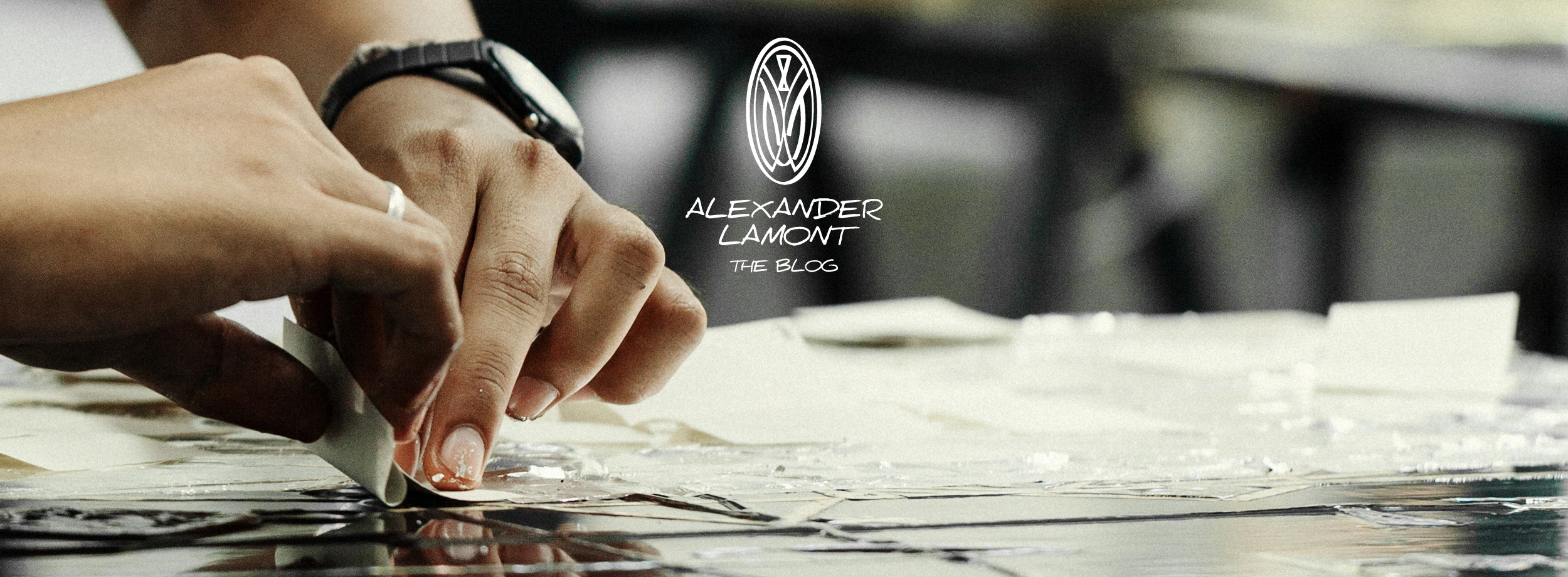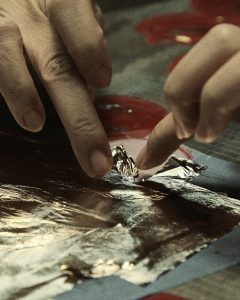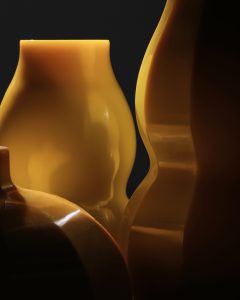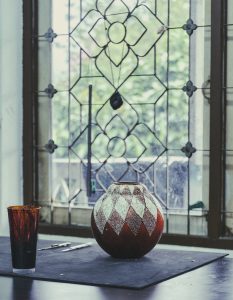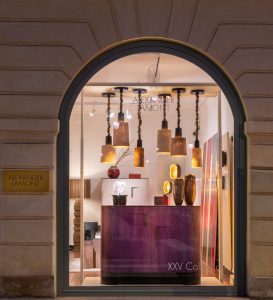Many people coming to Bangkok for the first time are quite shocked by its incredible urban intensity. Where is the gentle Thai charm? It’s true that when Bangkok is viewed from a car it is a hot, noisy and congested place. Only when you get out of the car and walk down the narrow lanes away from the big roads, can you begin to feel a more gentle sense of place: the noise of traffic disappears, replaced by the quieter murmur of people eating, talking, walking. The beautifully displayed aromatic tables of fresh fruit and vegetables, flowers and all sorts of local cooked food always take me back to my early memories of Thailand when I first visited in the 1980’s. The old smells and sights and busy charm of Bangkok are still just around the corner.
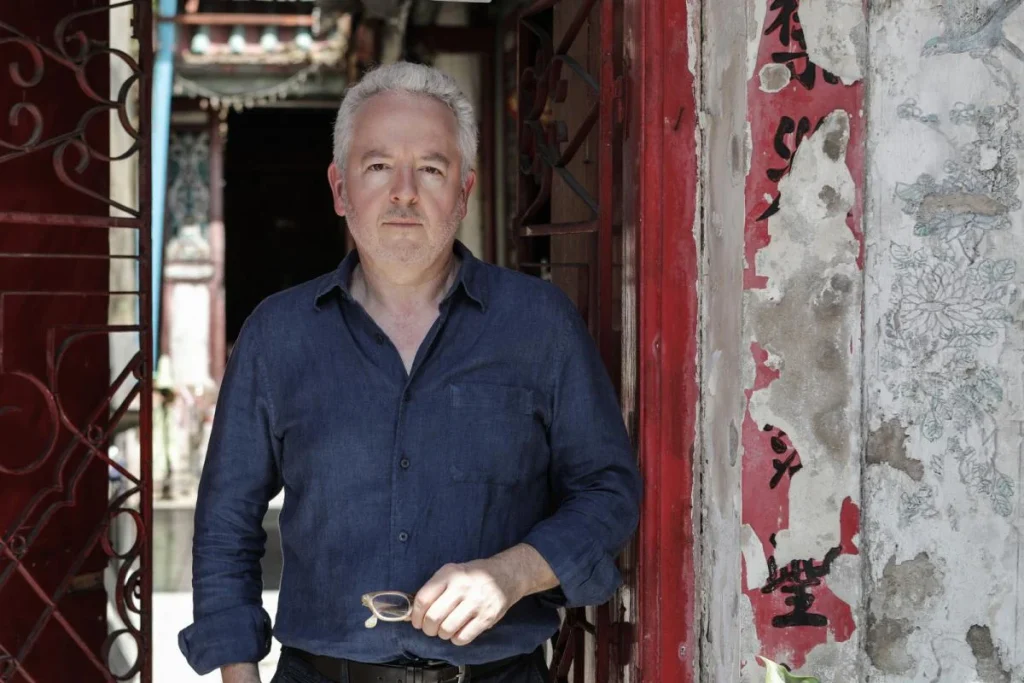
When I brought my wife (then my girlfriend) here for the first time, we stayed in the Dusit Thani Hotel (now demolished) and we walked down Silom Road, a busy thoroughfare lined with shops, market places and malls. At first she struggled to see what I loved about the place. It was only on day three, when we went for a trip on the Chao Phraya River that she really began to understand. And that is what this story is really about – the old river and the lovely district that grew up around it in the early years.

Charoen Krung road is often referred to as New Road. It was called New road because it was the first properly paved road in the country. It was where the business community were originally based and it runs for almost 9km (5.5 miles) starting at Wat Pho, through Chinatown, and along the river into Yannawa to the Bangkok bridge. Charoen Krung (เจริญกรุง) literally means ‘growing city’ and it is to the historic areas along this road and towards the riverside that I would return time and again with my family whenever we needed a reset in our relationship with the burgeoning and every changing city.
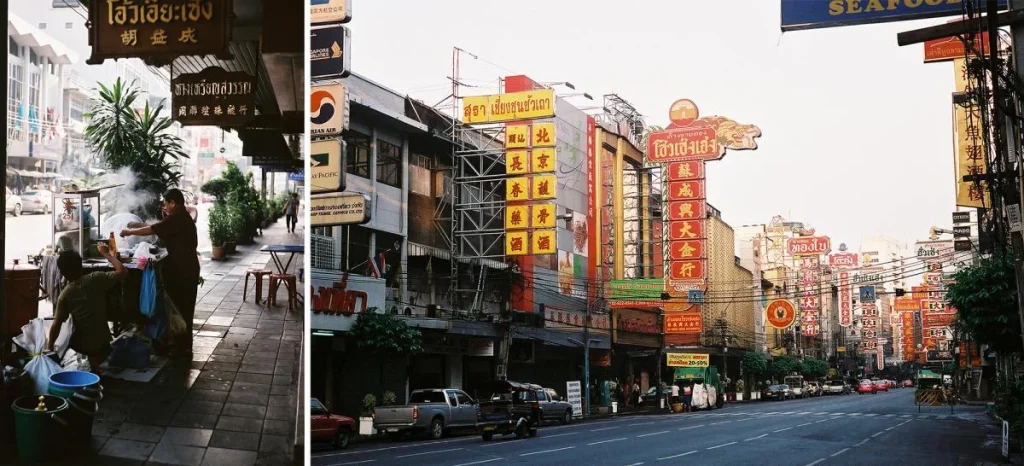
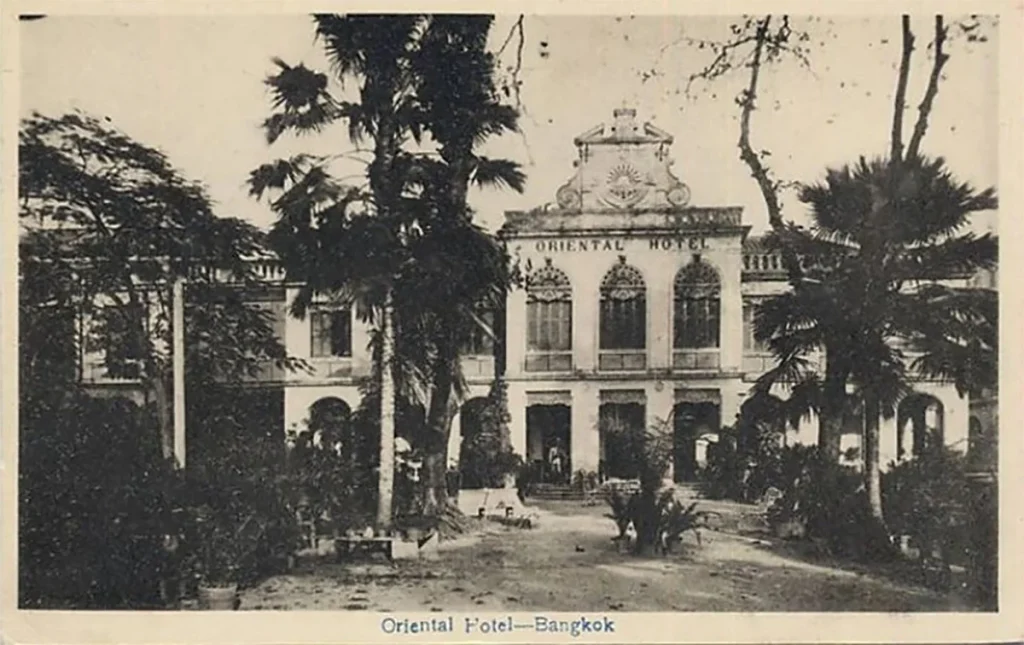
A visit to the Oriental Hotel on New Road would make anyone fall in love with Bangkok. It opened in 1876 and over the next 140 years became one of the world’s greatest hotels. I first visited the Oriental in 1980. As a 12 year old from England, coming out of the hot December sun, I can remember the cool high space full of flowers and scent. We ate at the Verandah and I had an ice cream dessert designed like a painter’s palette. I kept the menu from that trip and later, when the Oriental Hotel catered our wedding, we ordered the same colourful palette for our dessert. Later, the company opened a tiny shop in the hotel specializing in beautiful accessories in natural lacquer, silver, Peking Glass and gold leaf as well as collectible antiques from South East Asia. Our little shop became a not-to-be missed destination for many of the regular guests of the hotel who would travel to Bangkok every year in search of its famous charm, refined taste and creativity.
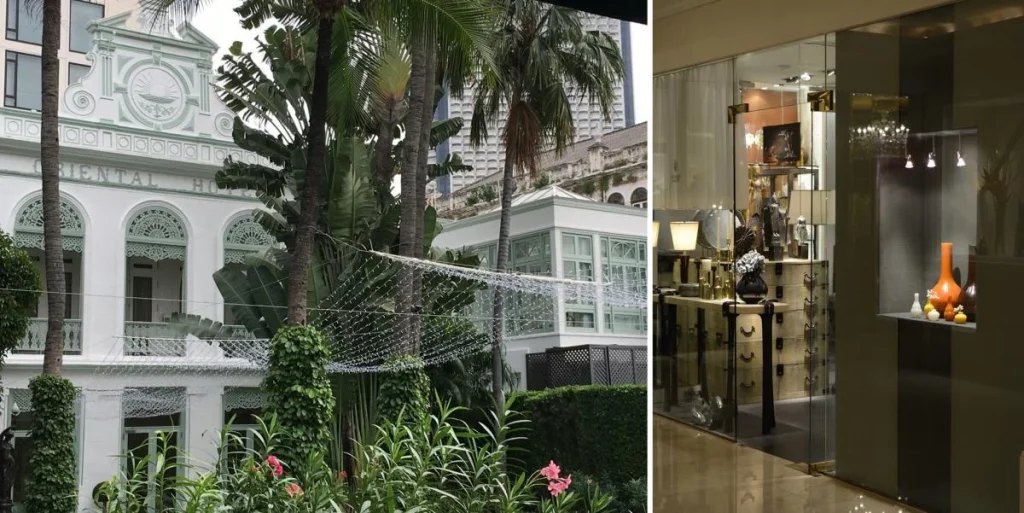
New Road is where the customs house used to be in the late 1800s when the Chao Phraya River was an important shipping channel for clippers and steamers arriving full of treasure and passengers. Still standing all along the riverside the warehouses that held the arriving and departing cargoes.
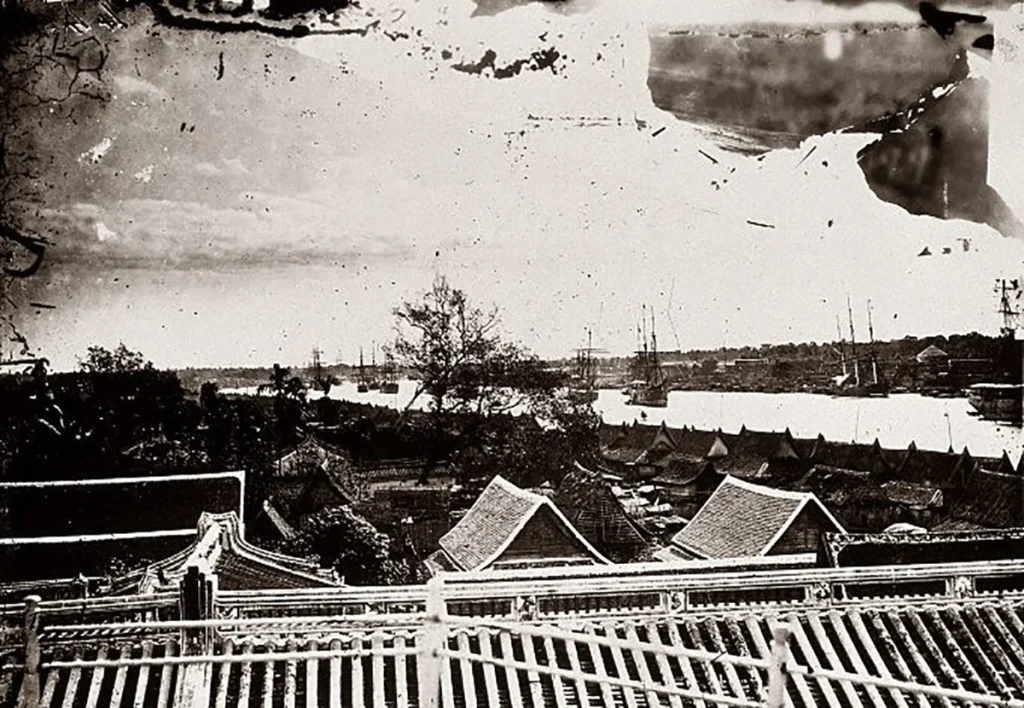
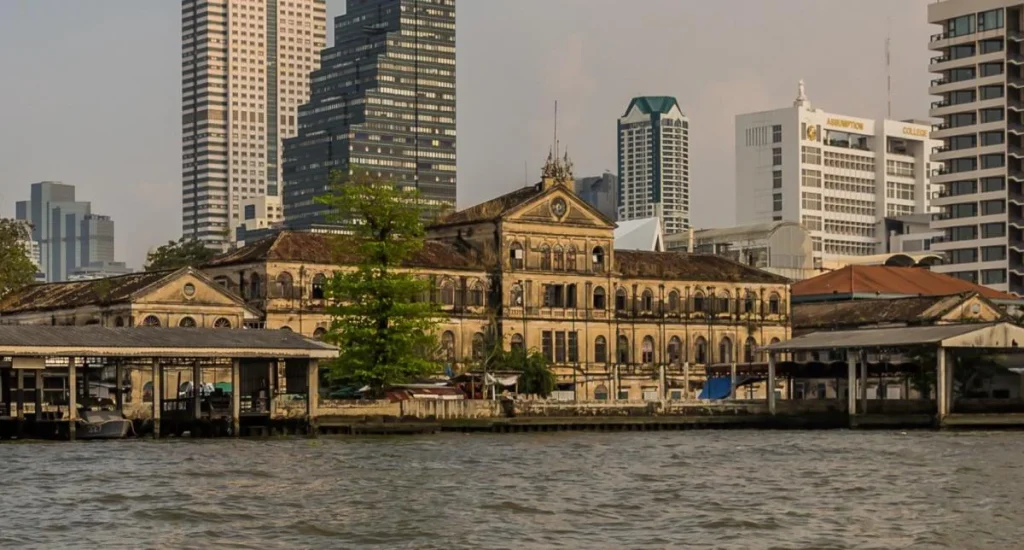
Image by Ninara from Helsinki, Finland, CC BY 2.0, via Wikimedia Commons
New Road still houses the Portuguese and French Embassies in gorgeous historic buildings beside the river. Assumption Cathedral and Holy Rosary Church sit within easy view of the floating islands of water hyacinth that make their way slowly down the Chao Phraya. The General Post Office Building which now houses Bangkok’s centre for design, and numerous important temples watch the myriad longtail boats, ferries and barges that move all day on the river.
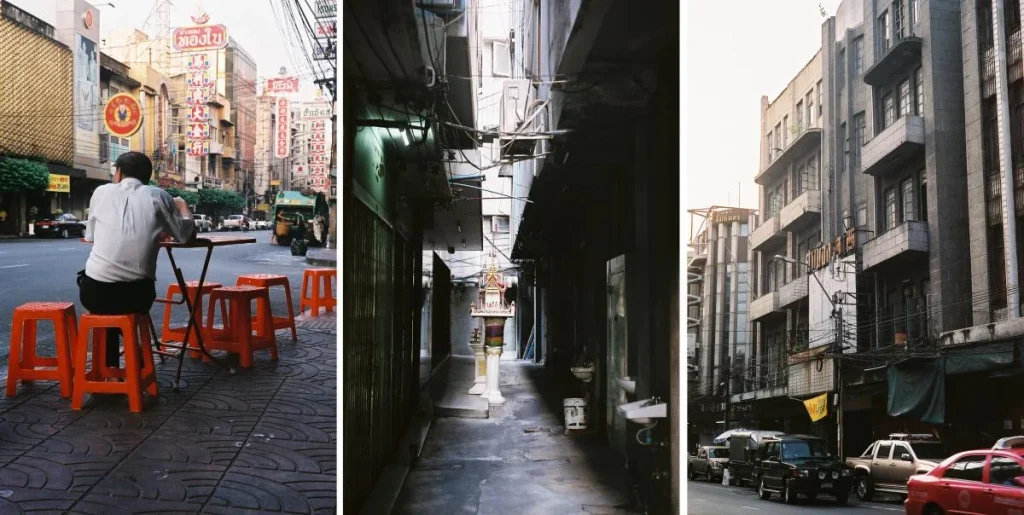
Talad Noi is one of the districts I most love to visit when I go looking for a slice of old Bangkok. In recent years the area has become one of the most active and interesting in the city and a very popular destination for visitors as the initiatives of Creative District Bangkok have developed and grown. On a more personal level the area is full of memories for me of the early days of the business, of the many beautiful objects that found homes from our shop in the Oriental Hotel and of my own precious young family who loved coming here for a bit of slow time at weekends. Now in the heart of this area is our new gallery and showroom. The gallery is housed within one of the shophouses at Warehouse 30, a creatively restored group of warehouses which stands across from a beautiful Art Deco office building. Down Soi 30 off Charoen Krung, Warehouse 30 is a vibrant mix of local art galleries, design showrooms, contemporary jewelry stores, antique dealers and many small creative restaurants, bars and cafes.
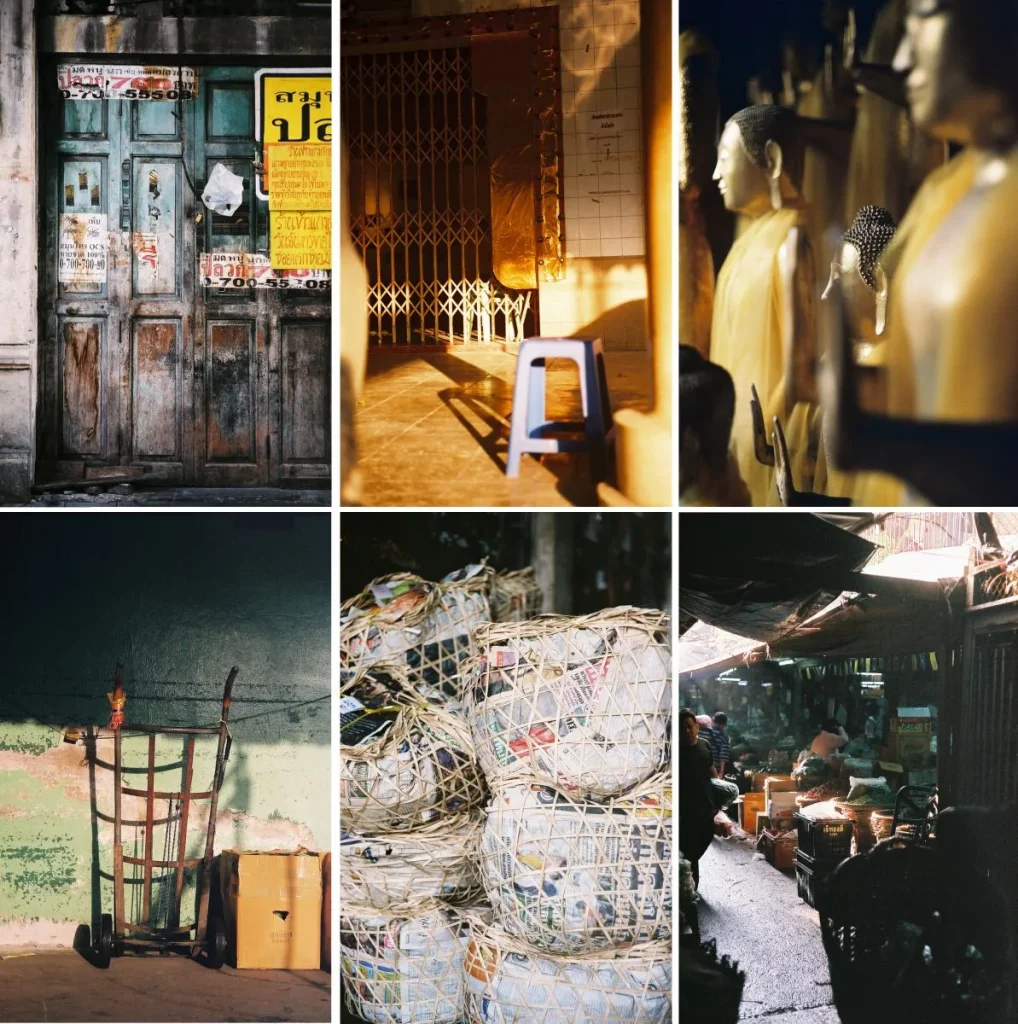
Over the last 10 years Alexander Lamont has become an international brand. I have travelled the world presenting our collections in the most beautiful showrooms. Then in 2020 we achieved the important milestone of opening our own showroom in London, our second home. Whenever I return to Thailand where the business was born, I find that I re-discover all over again the spirit of creativity that drove me to build this company.
So it’s not an exaggeration to say that opening the doors of the our new gallery in November last year was like a home coming for me. Like Bangkok City itself, I have seen our company grow over the last 21 years from its tiny beginnings in Chiangmai where I worked alone with one bronze worker under the sun, to become a business renowned for contemporary design and exceptional hand-craftsmanship, and a celebrated Asian luxury brand. Over these years of hard work navigating the complications of growing a business, Talad Noi and Old Bangkok have been a constant source of inspiration, nourishment, enjoyment and relaxation. My hope is that our gallery and showroom will become a destination for all Alexander Lamont fans and visitors to Bangkok – opening up to you the joys and wonders of Talad Noi and Old Bangkok.
